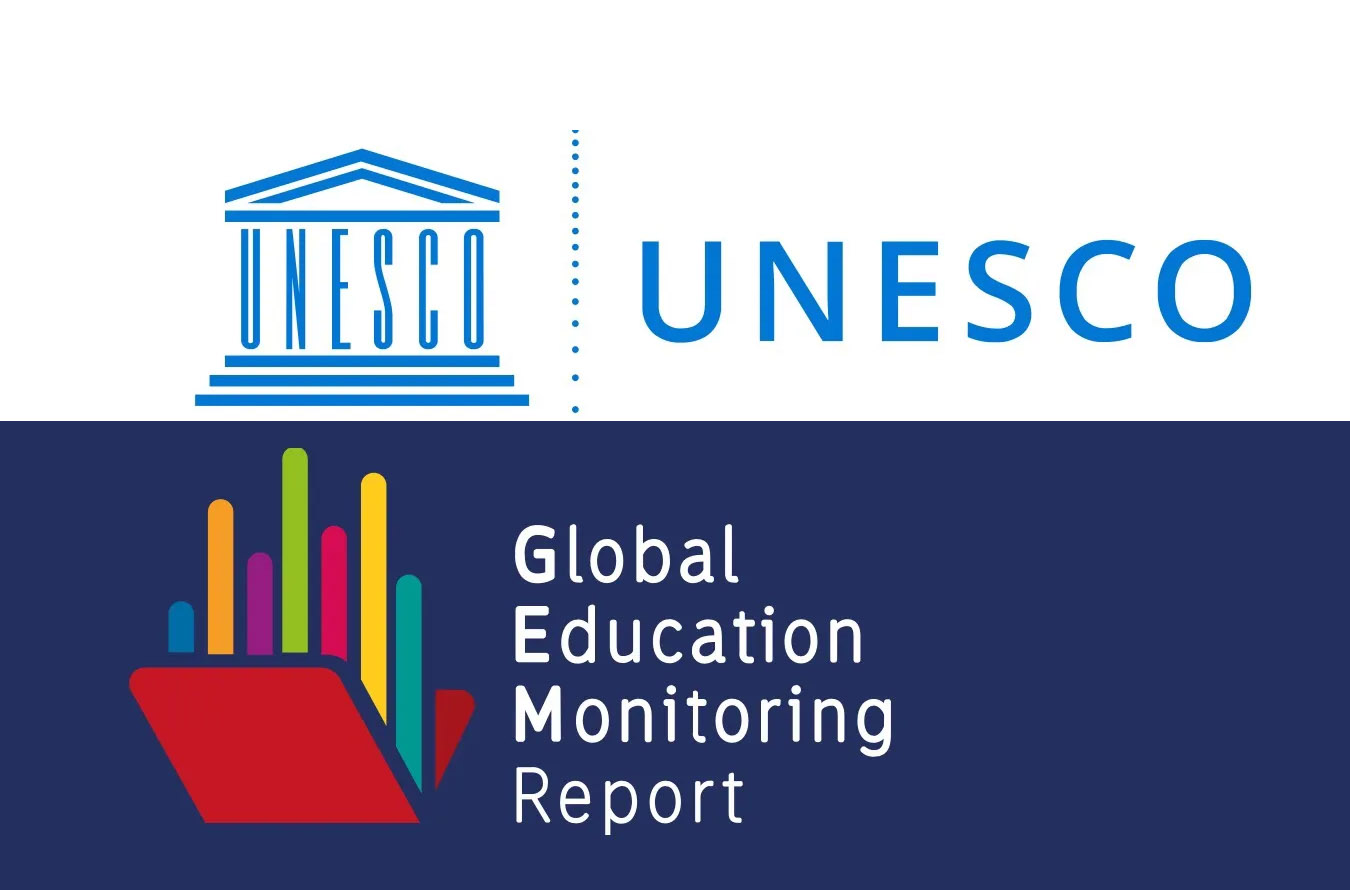New Delhi, Mar 2: According to UNESCO’s Global Education Monitoring (GEM) team, 40% of the global population lacks access to education in a language they can speak or understand. Despite an increasing awareness of the importance of home languages, the adoption of supportive policies remains limited. Challenges to implementation include insufficient teacher training in using home languages, a lack of educational materials in these languages, and community resistance. In low- and middle-income countries, this statistic can rise as high as 90%. As a result, over 250 million learners are impacted. GEM officials urge nations to adopt multilingual education policies and practices aimed at fostering educational systems that are inclusive for all students.
The report, titled “Languages Matter: Global Guidance on Multilingual Education,” highlights that with rising migration, linguistic diversity is becoming a global norm, leading to more classrooms with students from varied language backgrounds. Currently, over 31 million displaced youth face significant language barriers in their education.
Released in conjunction with the 25th anniversary of International Mother Language Day, the report recognizes 25 years of efforts to preserve and promote mother tongues. This report arrives at a crucial time as India implements the new National Education Policy (NEP), which promotes multilingual education; however, the three-language policy has been met with some opposition from certain states.
A senior GEM official stated, “Today, 40% of the global population lacks access to education in the language they speak fluently. In some low- and middle-income countries, this figure rises to 90%, affecting over 250 million learners.” They continued, “This decade has seen a significant drop in learning outcomes in both reading and mathematics, largely due to the COVID-19 pandemic and the pervasive influence of technology in youth lives. The impact is particularly pronounced among learners disadvantaged by language barriers.”
The team’s analysis indicates a widening gap between learners based on language proficiency; from 2010 to 2022, the gap increased from 12 to 18 percentage points in reading and from 10 to 15 points in mathematics. This suggests that learners who do not speak the language of instruction at home are more likely to experience learning loss, whether due to historical circumstances or recent migration and displacement.
The report indicates that educational systems face a range of linguistic challenges, stemming both from historical legacies, such as the imposition of colonial languages that hindered local language use, and contemporary factors, such as significant linguistic diversity in some countries which limits resources for multilingual education.
Additionally, immigration introduces new languages into classrooms in wealthier nations, enriching diversity but also complicating teaching and assessment. These countries often face difficulties in providing language acquisition support to immigrant students, developing inclusive curricula that reflect this diversity, and ensuring equitable access to quality education for all learners.
The GEM team recommends that language education policies should prioritize context-specific approaches while ensuring that language transitions are complemented by curriculum adjustments and suitable teaching materials. In countries with substantial immigrant populations, it is crucial to establish effective language bridging programs, train qualified teachers, and create inclusive learning environments that address the diverse linguistic needs of all students.
In multilingual environments, teacher training should focus on proficiency in both home and second languages and align the deployment of teachers with the language of instruction. Early childhood educators should be equipped with skills in culturally and linguistically responsive pedagogy. Furthermore, strong support systems beyond schools are essential for the success of new multilingual policies, along with empowering school leaders to promote inclusion.
The report emphasizes, “Countries should focus on including multilingual students’ needs in the selection, recruitment, and training of school leaders. Professional standards for school leaders should highlight the importance of collaboration with parents and the community to bridge linguistic divides.” (Agencies)


Leave a Reply